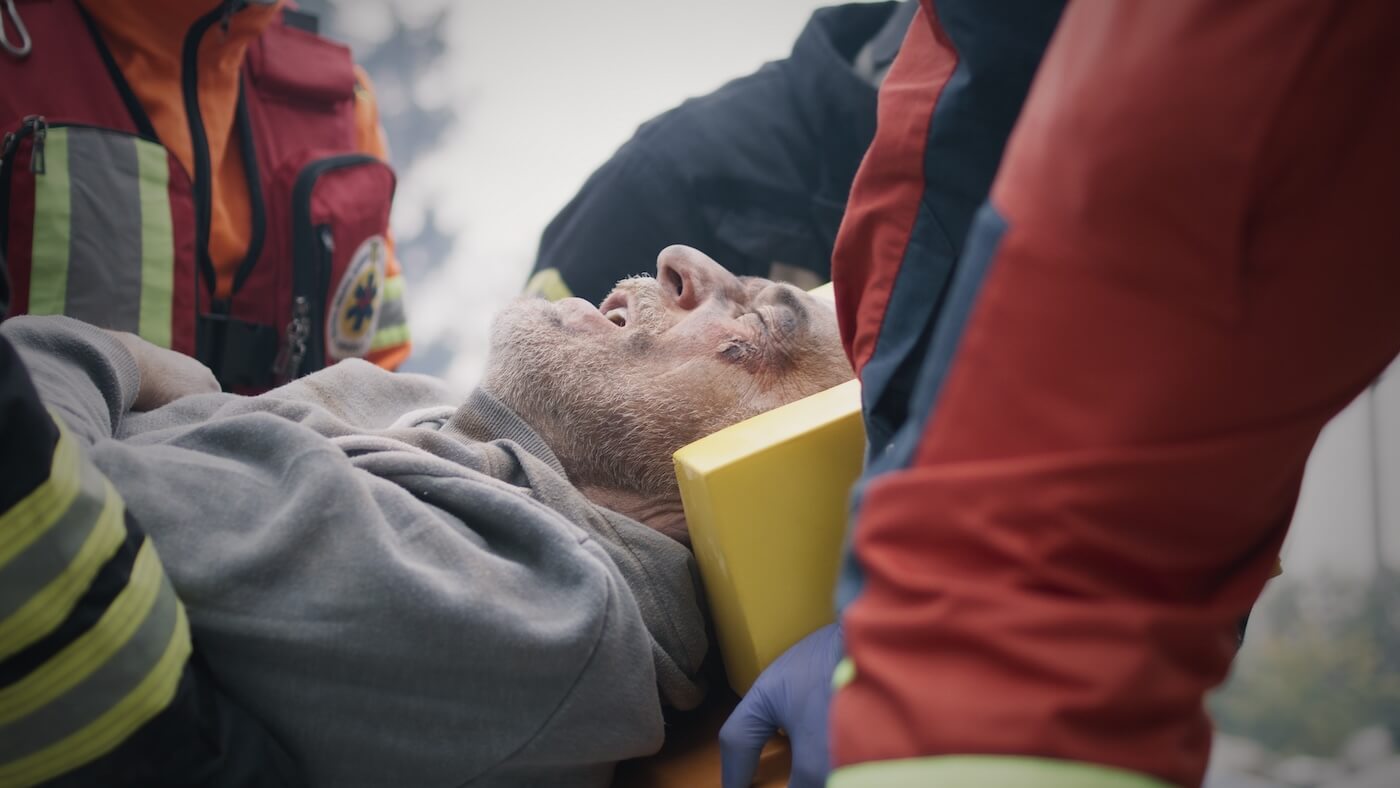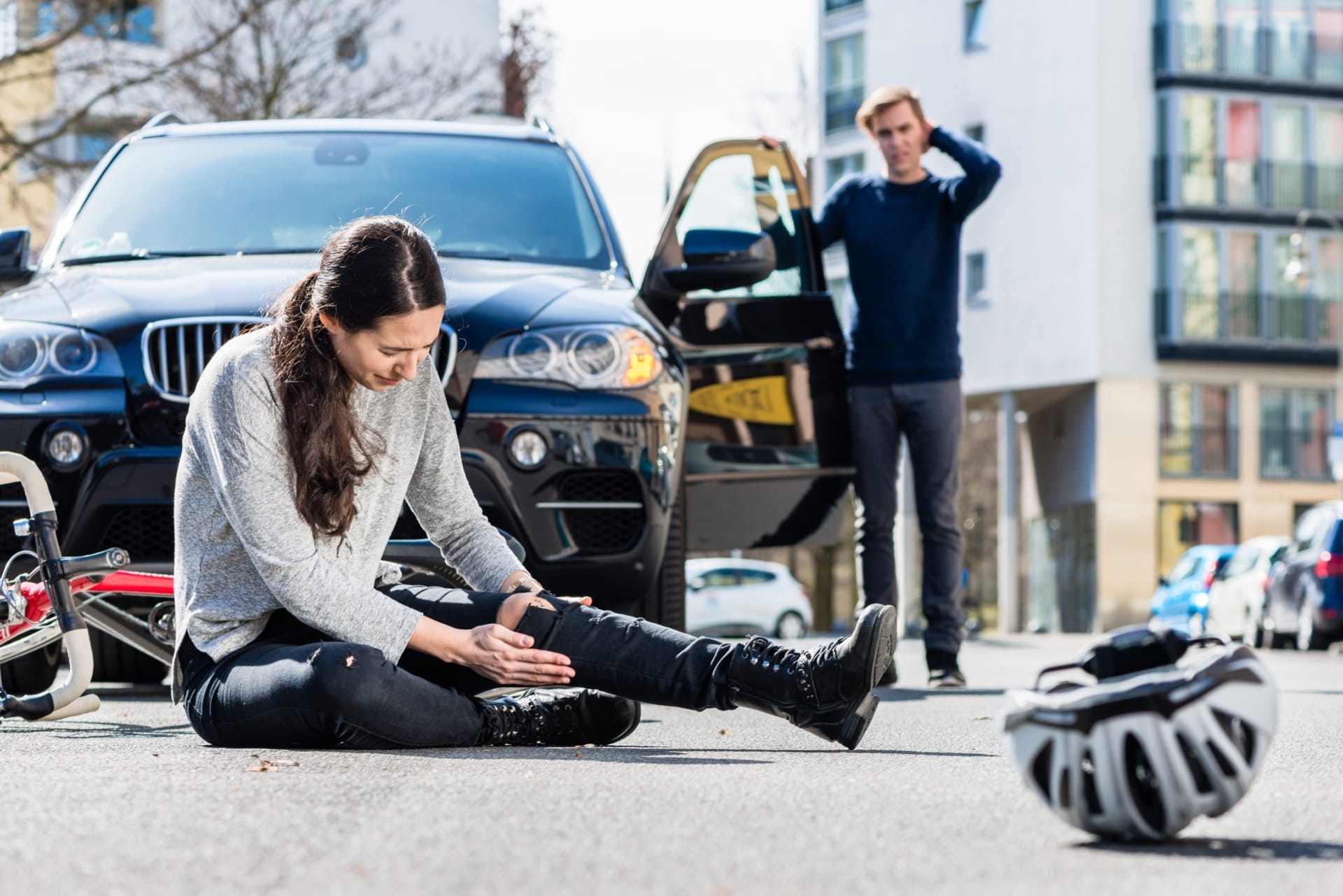Catastrophic Injuries vs. Minor Injuries in Lawsuits: What's the Difference?

Written by Molly A. Ullrich

Distinguishing between catastrophic injuries and minor injuries is crucial in personal injury lawsuits. Catastrophic injuries involve severe, long-term impacts on a person’s life, while minor injuries are less serious and typically heal over time. The difference between catastrophic and minor injuries can affect everything from legal strategy to the amount of compensation available.
Victims of both types of injuries often face unique legal and medical challenges. Understanding these differences helps individuals know what to expect during the legal process. Smith & Weidinger, PLLC brings experience in representing clients with all types of injuries, ensuring that each case receives careful attention and an effective approach.
Understanding Catastrophic Injuries
Catastrophic injuries are distinct from less severe injuries because of their lasting physical, emotional, and financial effects. These injuries often change a person’s life in fundamental ways and create significant challenges for both the injured and their families.
Definition and Primary Features
A catastrophic injury is an injury that results in permanent disability or long-term functional impairment. These injuries usually affect major systems or organs, making day-to-day living difficult or, in some cases, impossible without assistance.
Primary features of catastrophic injuries include:
- Irreversible physical damage, such as paralysis or limb loss
- Chronic pain or sensory deficits
- Extended or permanent inability to work
Such injuries can also lead to secondary complications, including frequent infections or respiratory issues. The legal definition may vary, but these injuries are typically severe, require prolonged medical care, and drastically alter quality of life.
Prevalent Types of Catastrophic Injuries
Catastrophic injuries encompass several medical conditions that commonly arise from serious accidents or trauma. Examples include:
| Injury Type | Description |
| Spinal Cord Injuries | Can result in paraplegia or quadriplegia, causing permanent mobility loss. |
| Traumatic Brain Injuries (TBI) | May lead to severe cognitive, emotional, or physical impairments. |
| Severe Burns | Often cover large body areas, requiring grafts and extensive rehabilitation. |
| Amputations | Loss of limbs due to trauma or surgical intervention after major injury. |
| Organ Damage | Includes loss of function in vital organs, such as kidneys or lungs. |
Each injury presents unique rehabilitation challenges and frequently demands lifelong care.
Long-Term Impact and Medical Costs
The effects of catastrophic injuries usually persist for the victim’s lifetime. Many require ongoing medical treatment, assistive devices, or personal care and cannot fully regain their previous independence.
Medical expenses often include surgeries, hospitalizations, physical and occupational therapy, medication, and adaptive equipment. Insurance may not cover all these costs, forcing families to pay significant out-of-pocket expenses.
Catastrophic injury victims can face years of lost wages and loss of earning capacity. Emotional distress and the need for psychological support services add to the overall burden, often creating ongoing financial and personal challenges.
Overview of Minor Injuries
Minor injuries generally refer to physical harm that is not life-threatening and does not result in lasting disability. These injuries can still disrupt daily routines and often become the focus of legal claims, especially when they impact work or daily activities for a short period.
Common Minor Injury Types in Lawsuits
Minor injuries seen in lawsuits usually involve soft tissue damage, cuts, bruises, sprains, and strains. Car accidents often result in whiplash, minor concussions, or small abrasions. Slip-and-fall incidents might lead to twisted ankles or wrist sprains.
Examples of common minor injuries:
| Injury | Description |
| Bruises | Discoloration from blood vessels under the skin |
| Strains | Overstretching or tearing of muscles/tendons |
| Sprains | Ligament injuries, often in ankles or wrists |
| Minor Cuts | Shallow wounds not requiring stitches |
| Whiplash | Neck strain from sudden movement |
These injuries usually do not require hospitalization. Legal claims often center on the inconvenience, short-term medical costs, and absence from work rather than long-term care.

Recovery Time and Daily Life Impact
Recovery from minor injuries is usually measured in days or weeks. For example, a mild strain could heal in as little as three days. More significant sprains or whiplash may take a few weeks, but do not result in long-term impairments.
Daily life may be interrupted by medical appointments or reduced mobility. Victims might need to miss work or limit recreational activities for a short period. Medical treatment typically involves rest, over-the-counter pain relief, or brief physical therapy, depending on the injury.
While these injuries cause discomfort and may disrupt routines, they seldom impact a person’s long-term abilities or employment prospects. Return to pre-injury activities is expected, and most individuals regain full function without ongoing symptoms.
Legal Differences in Catastrophic vs. Minor Injury Lawsuits
The legal process for injury claims changes significantly depending on the severity of the injury. Catastrophic and minor injuries lead to different procedures, different handling by attorneys, and notable differences in the amount and type of compensation clients may pursue.
Impact of Injury Severity on Legal Processes
The severity of an injury directly affects how a case is handled. Catastrophic injuries—such as spinal cord injuries, traumatic brain injuries, or amputations—often involve long-term medical care and permanent disability. These cases generally require extensive evidence, expert testimony, and detailed medical documentation.
Minor injury legal claims, such as sprains or bruises, tend to be more straightforward. Cases are usually processed faster because damages are easier to document and future medical expenses are lower. Catastrophic injury claims may take years as parties investigate liability and damages, while minor cases are often resolved in months.
Legal teams treating catastrophic injury cases often involve medical experts, economists, and life-care planners. Minor injury cases usually require only basic medical records and straightforward negotiations. The difference in complexity impacts both how long cases last and the amount of work needed.
The Legal Process for Catastrophic Injuries and Minor Injuries
Compensation in catastrophic injury cases is typically much higher than in minor injury claims. Victims of catastrophic injuries can claim damages for extensive medical bills, lost earnings, future care, and pain and suffering. Minor injuries, by contrast, are generally limited to costs of medical care, minor lost wages, and short-term suffering.
| Injury Type | Common Damages Awarded | Evidence Needed |
| Catastrophic Injury | Lifetime care, lost income, pain and suffering, future care, home modification | Medical experts, economists, long-term care plans |
| Minor Injury | Short-term medical bills, small wage loss, minor pain and suffering | Basic medical records, receipts, employer notes |
Insurers also apply more scrutiny to catastrophic injuries, leading to more negotiations and potentially trials. Minor cases rarely go to trial and are often settled quickly. The legal procedures reflect the higher stakes and more complex issues found in catastrophic claims.
How Smith & Weidinger, PLLC Supports Injury Lawsuits
Smith & Weidinger, PLLC tailors its legal strategies to the severity and complexity of each injury case. We focus on both maximizing client compensation and guiding clients through every step of the legal process.
Comprehensive Legal Services for Injury Victims
Smith & Weidinger, PLLC offers legal services for both catastrophic and minor injury claims. Our team evaluates cases involving car accidents, slip and falls, workplace injuries, and medical malpractice. For severe, life-altering injuries, they assess long-term medical expenses, lost income, and future care needs.
Services include:
- Thorough investigation and evidence gathering
- Negotiations with insurance companies
- Detailed calculations of damages, considering the impact of injury severity
- Representation in court if a settlement is not reached
Clients receive straightforward advice about their case value and options. Attorneys adjust their approach to reflect whether an injury involves permanent disability or minor wounds, understanding that each case requires individual attention.

Track Record of Favorable Outcomes
Attorneys at Smith & Weidinger, PLLC have experience in securing favorable outcomes, including settlements and court verdicts. Our team’s strategy adapts to the injury’s impact and the defendant’s potential liability.
In catastrophic injury cases, past results show substantial compensation for clients, factoring in medical treatments, future rehabilitation, and diminished quality of life. For less severe claims, they focus on obtaining fair reimbursement for all expenses and losses, even when injuries are classified as minor.
Our firm tracks and reviews each case’s progress, updating clients on developments. Our familiarity with injury case law and negotiation tactics often leads to favorable resolutions, whether through settlement or litigation.
Contact and Consultation Information
Potential clients can reach Smith & Weidinger, PLLC by phone, email, or their online contact form. Initial consultations are offered without charge, providing a confidential environment to discuss injuries, case details, and compensation expectations.
Attorneys promptly respond to inquiries and guide clients through the initial steps of filing a claim. The consultation process includes a review of available evidence, possible case outcomes, and answers to any urgent questions.
Note: The information provided in this blog post has been compiled from publicly available and secondary sources. While we strive for accuracy, some details may become outdated or contain inadvertent errors. If you believe any information is incorrect or requires updating, please contact Smith & Weidinger so that we may review and make the appropriate corrections.
Disclaimer: This blog post is for informational purposes only and is not intended as a solicitation for business. The photo used is not from the scene of the incident described. Viewing this content does not create an attorney-client relationship with Smith & Weidinger. If you have been injured in an accident, please seek immediate medical attention and then consult with a qualified attorney to discuss your legal rights and options.










